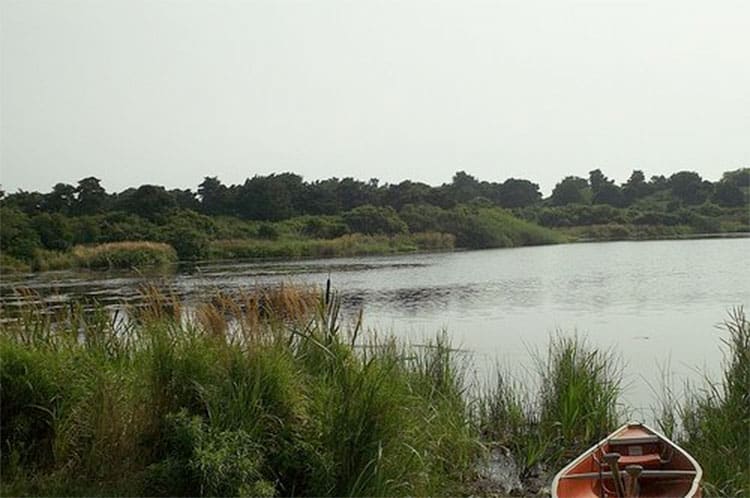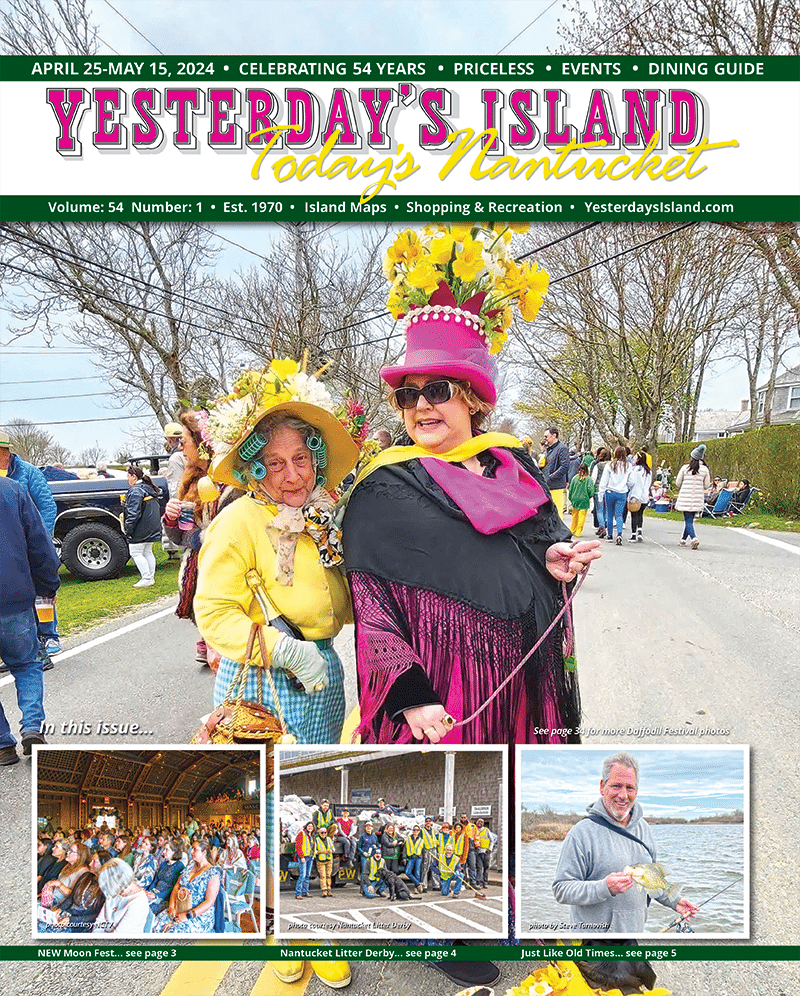My first job and the job of all field station and marine lab directors is to explain what is a field station. It doesn’t have to be located in a field, it is essentially a place in which students and researchers can learn and conduct experiments in a location away from their home university or institute. In effect we act as base stations providing lab space, classroom space, a place to cook dinner or lay one’s head while examining the natural world. I have used the term “like Nasa space stations for Earth” with one friend to try and explain what we do which isn’t all that different from base camps for mountain climbing.
Science Journalist Robert Kwok recently wrote an excellent article for Nature in November 2013 (http://www.nature.com/naturejobs/science/articles/10.1038/nj7475-301a) that helps to define field stations and what we do. She describes the type of instrumentation that field stations use to access various levels of the rainforest, to collect weather data that is useful for evaluating climate change impacts or occurrences and how scientist are able to instrument the wilderness with cameras and recorders animals sampling traps or other devices that provide all the methods we need to see what is happening in our natural environment. Field stations host scientists who set up experiments to determine if flowers are blooming earlier, how endangered species populations might recover if managed or protected or how agricultural fields change over time. To tie these very different ideas together, Ian Billick and Mary Price compiled and synthesized a series of essays into the book “The Ecology of Place: Contributions of Place-based Research to Ecological Understanding”(University of Chicago Press August 2012). They use these essays to describe how long term field research has helped scientists understand what is occurring across ecosystems and landscapes.
There are field stations all over the globe, in the jungles of Costa Rica and Puerto Rico to the savannas of Africa the glaciers of Canada and near critical coral reefs habitats in the Pacific. You can see if one is near you by checking out our member station map at http://www.obfs.org/station-map. . Many biologists, oceanographers, and ecologists have been inspired by conducting research in one of these field stations. Each year students come to the Nantucket Field Station and walk away with a much better understanding of what field research is like (wet, buggy, and fun) and what it isn’t like (hours upon hours spent inside a classroom).
Here locally at the Nantucket Field Station which is supported and run by the University of Massachusetts Boston (UMB) and located on land owned and protected by the Nantucket Conservation Foundation we divide our time and resources into educational, research, and outreach missions. That means a typical day like today, July 14th, we have a general education college level Biology class running (Coastal Ecology) as well as a junior ranger program for kids from 9-13 for them to learn about nature and do science. A public nature walk will occur rain or shine at 10:00 am led by Education Coordinator Len Germinara with assistance from the junior rangers. Two research groups are here for much of the summer; one is working on tick borne diseases from the University of Massachusetts and the second group is comprised of UMB archeologists continuing a survey on the area near the African Meeting House and Florence Higgenbotham home.
Many field stations benefit from partnerships that include the National Park system, state parks, conservation land, community colleges, universities, arboretums and museums, and tribal entities. From the OBFS web site we learn that “Biological field stations provide living libraries and outdoor laboratories for students, researchers, and the general public interested in the environment. They vary greatly in form and purpose, and include both marine laboratories whose focus is offshore, as well as terrestrial reserves dedicated to protecting key ecosystems. Field stations vary in size from a few urban acres to thousands of acres spread across a remote landscape. Station facilities might range from trail networks to state-of-the-art laboratories. Whatever form individual field stations may take, they all share the same commitment to advancing our understanding of the Earth by supporting research, teaching, and public education.
Research stations provide an invaluable service to local communities and the country by providing unbiased scientific information and facilities to help governmental and other stakeholders tackle critical environmental issues. Field station staff and researchers often play a critical role in ensuring that environmental considerations are factored into local and regional planning and development decisions.”
Recently, members of Field Stations and Marine Labs got together and created a strategic plan for better integrating our missions and moving forward into the 21st century. Ian’s Billick’s guest blog (https://www.esa.org/esablog/ecology-in-the-news/new-strategic-vision-for-field-stations-and-marine-labs/ ) for the Ecological Society of America describes what Field Stations and Marine Labs currently do and what they can do better. Each one is a repository of information, a place for making observations and a home base for researchers and teachers and students. Effective communication, brainstorming, and data sharing allow scientists to explore landscape and regional level questions such as: How far north can fire ants spread? What happens when 2/3 of the country experiences drought? What is the extent of the loss of bees or bats? How much does mountain snowpack effect desert wildlife? Fortunately, most field stations and marine labs make it possible for scientists, students and the public to interact transparently in a way that give people a sense of ownership not only of the data and the process, but also of the planet.
I found this description of field stations from the National Academy of Science website (below) to be clear and succinct: “Field stations and marine labs connect scientists, educators, and communities to their environments by bringing the basic tools of science out into the field. These living laboratories place scientists on the front lines of our changing Earth.” I hope you get a chance to visit the field station here on Nantucket or one of the many beautiful and exciting ones scattered across the globe.
If you would like to learn more, I am hosting a special event to introduce our organization to Nantucketers on July 22nd at the Nantucket Hotel. Send me an email if you are interested in attending to sarah.oktay@umb.edu. If you happen to be in Washington Dc on July 23rd, you might want to check out public briefing for the release of the report “Enhancing the Value and Sustainability of Field Stations and Marine Laboratories in the 21st Century” by the National Research Council. The briefing will include a presentation from Dr. Jerry Schubel, President and CEO of the Aquarium of the Pacific and Chair of the report’s authoring committee, followed by a Q & A session with Dr. Schubel and committee member Dr. Felicia Coleman, Director of the Florida State University Coastal and Marine Laboratory. More information at http://dels.nas.edu/Study-In-Progress/Value-Sustainability-Biological-Field/DELS-BLS-13-07



